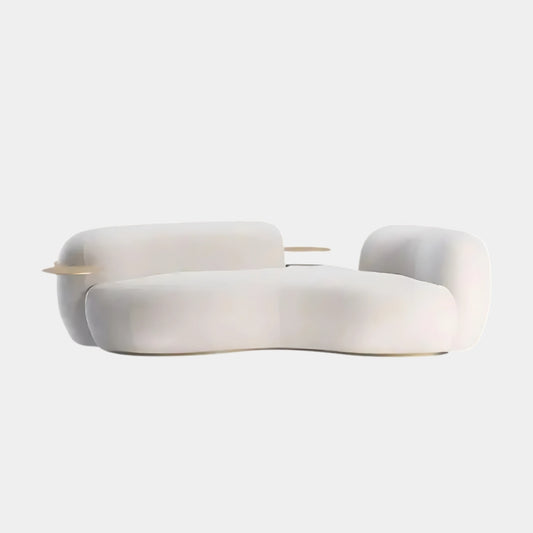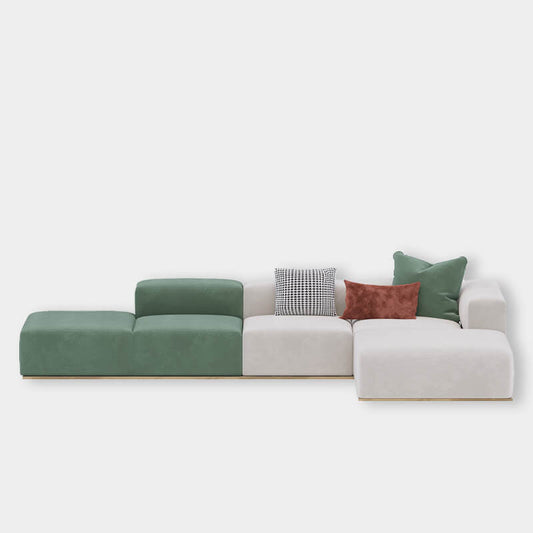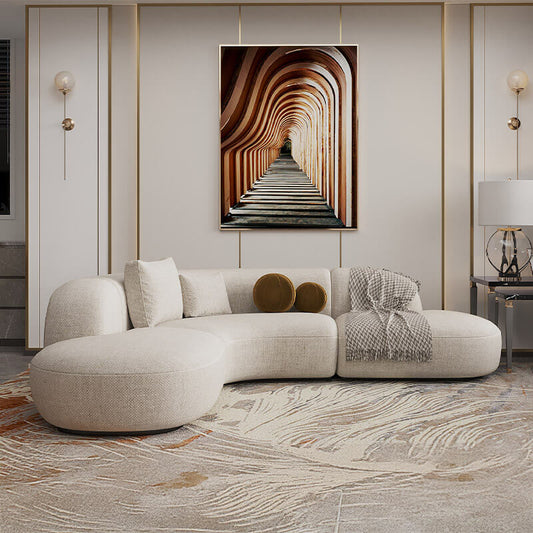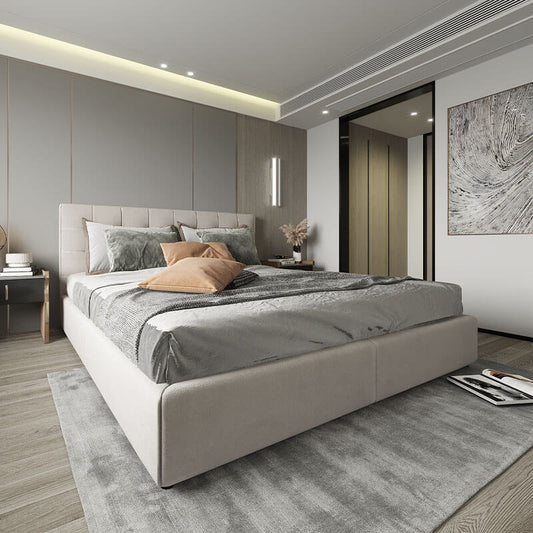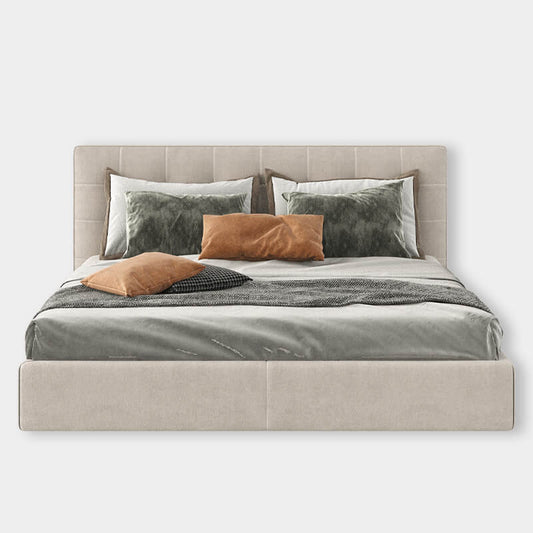Understanding the ideal trio—the sofa, rug, and coffee table—is the first step in designing a living space that is both attractive and coherent. These three pieces form the heart of your seating area, and when chosen thoughtfully, they can transform your space into a visually balanced, inviting environment. Whether you're designing a cozy nook or a spacious lounge, knowing how to pair these elements can elevate your home effortlessly.
In this guide, we’ll walk you through styling tips, common pitfalls, and the art of harmonizing your living room essentials.
Understanding the Living Room Triad

The sofa, coffee table, and rug aren’t just functional pieces—they define the style and layout of your living room. They work together to establish flow, comfort, and aesthetic balance.
When one piece feels off—like a rug that's too small or a table that feels awkwardly placed—it can throw off the entire room’s vibe. The goal is to create visual harmony where the eye flows smoothly across the space, and each element supports the next.
Matching Shapes and Styles

One of the first things to consider when styling this trio is shape compatibility. Think of how the form of each piece interacts with the others:
-
Round coffee tables pair beautifully with curved or tufted sofas and create a more organic, flowy feel.
-
Rectangular or square tables suit structured sectionals or linear sofas, giving a more modern, clean look.
Then comes style alignment. Matching a mid-century modern coffee table with a boho-style sofa might feel disjointed unless you have unifying accents like cushions, vases, or wall art. Try to sync up style categories—contemporary with minimalist, rustic with industrial, or classic with transitional.
Tip: Don’t be afraid of contrast. Placing a sturdy wooden table on delicate carpeting or a metal table next to a luxurious velvet sofa will provide intentional dimension and interest.
Choosing the Right Rug Size and Placement

The rug acts as a visual anchor—it grounds the seating area and frames the coffee table and sofa. Here are some quick rules to get the sizing right:
-
The rug should extend at least 6 to 8 inches past the sofa's edges on both sides.
-
The sofa's front legs should ideally rest on the carpeting.
-
There should be enough room for comfortable moving around the coffee table, which should be positioned in the middle of the rug.
Avoid the common mistake of picking a rug that’s too small—it can make the space look disjointed and tight. If you have a large area, consider layering rugs for texture and depth. A jute rug placed underneath a smaller patterned rug, for instance, offers visual appeal and warmth.
Color and Texture Coordination

Color plays a huge role in how cohesive your space feels. For the three parts, choose two dominating colors and one accent color.
-
Select two dominant colors and one accent color to be used consistently across the three components.
-
If your sofa is neutral (e.g., grey, beige), go bold with a statement rug and choose a coffee table that introduces a natural or contrasting tone.
-
If your rug has a busy pattern, opt for a simple, solid coffee table to prevent visual overload.
Texture adds richness to your space. Contrast sleek finishes with soft ones:
-
Combine a marble or glass coffee table with a shag or wool rug.
-
A raw wood table works beautifully on a flatweave kilim rug.
Tip: Use accessories like trays, vases, and throw pillows to echo the room’s color story and tie the elements together.
Common Mistakes to Avoid

Even the most well-intentioned design can fall flat if some basics are overlooked. Here are several stylistic errors to be aware of:
-
Rug Too Small: A tiny rug makes your space feel disconnected and underwhelming.
-
Mismatch in Scale: A bulky coffee table next to a dainty sofa can feel overpowering. Keep proportions in check.
-
Ignoring Flow: Make sure there's enough room around the table and rug for easy movement—especially if the space doubles as a walkway.
Conclusion & Takeaway Tips

Pairing your coffee table, rug, and sofa doesn’t require a degree in interior design—just a good eye and some guiding principles. Remember:
-
In all three elements, strike a balance between shape and style.
-
All three pieces should have a balance of shape and style.
-
Use color and texture to create harmony.
-
Don’t forget functionality and flow—beauty should never come at the expense of comfort.
At Decolide, we believe great design begins with understanding how your pieces work together. Whether you’re refreshing your living room or starting from scratch, explore our curated collections of coffee tables, rugs, and sofas that are made to match—effortlessly.






